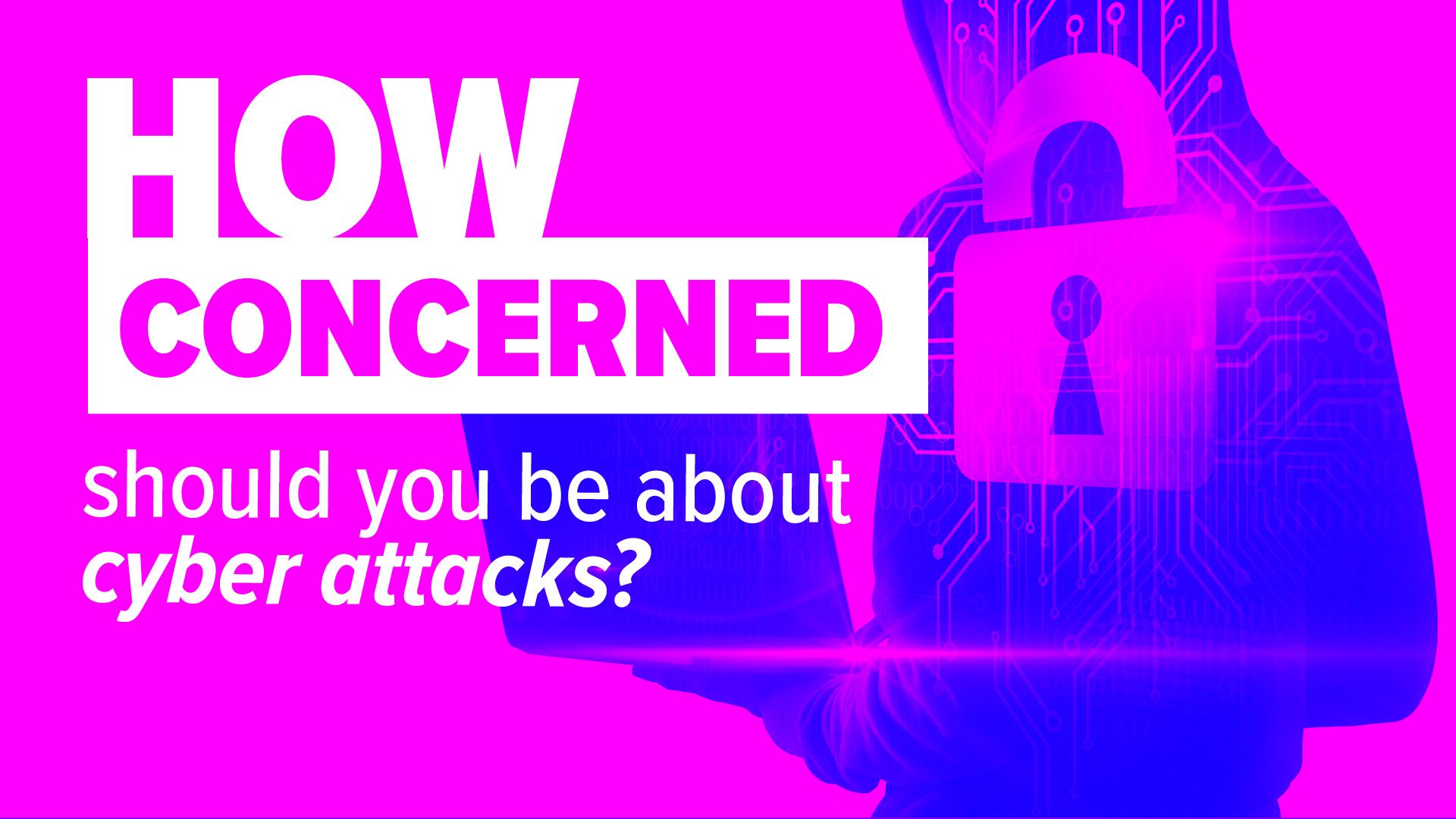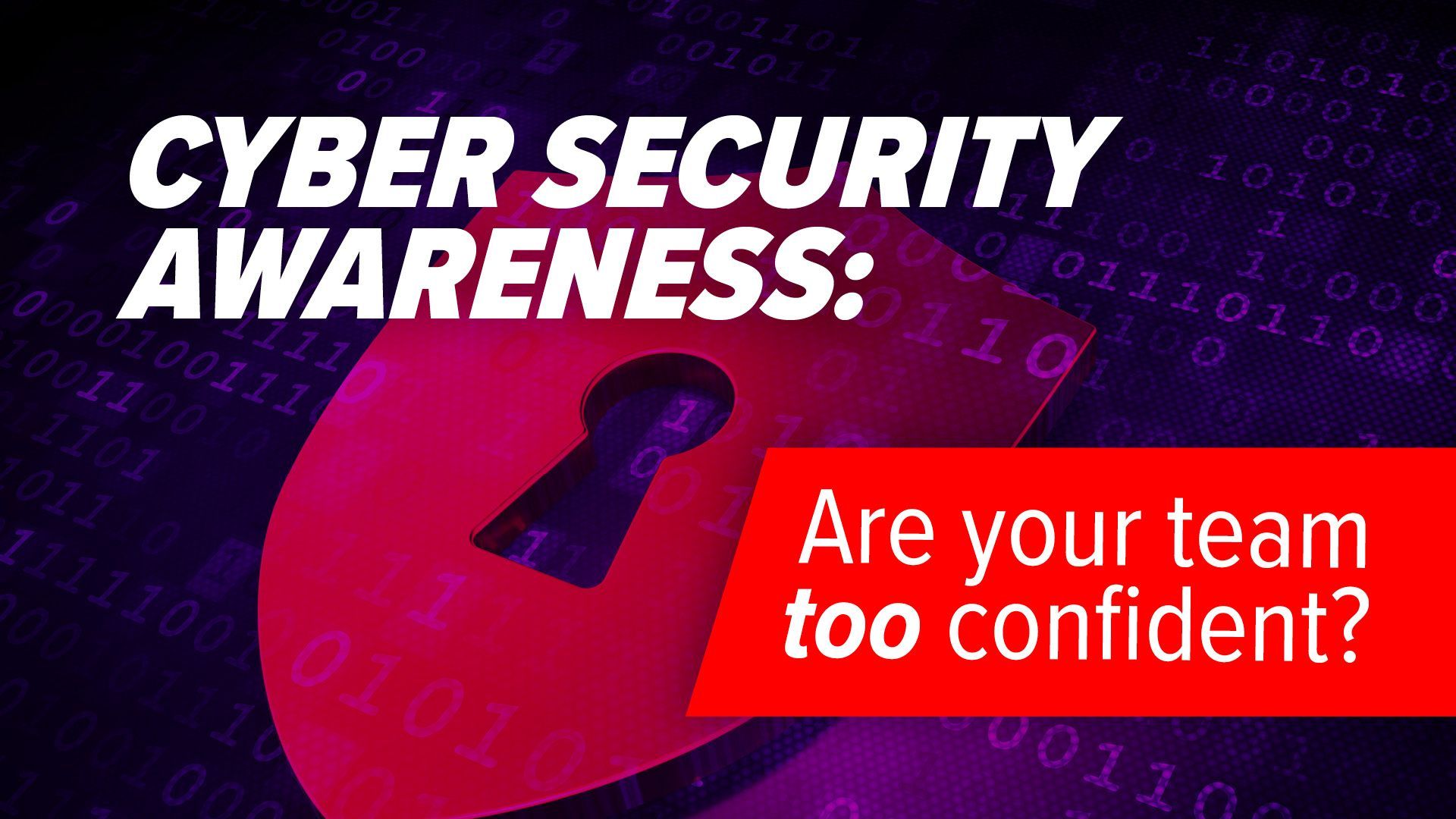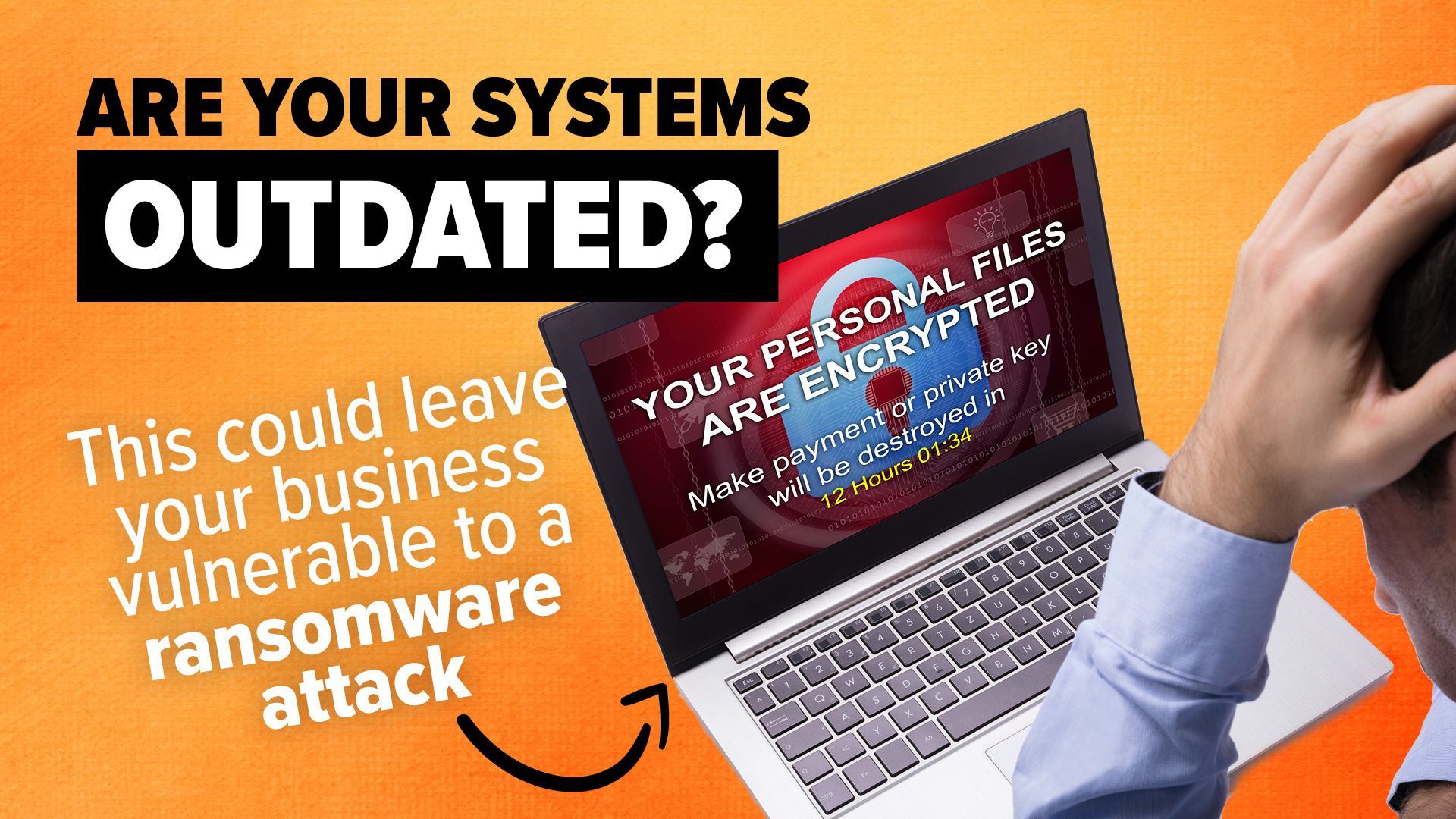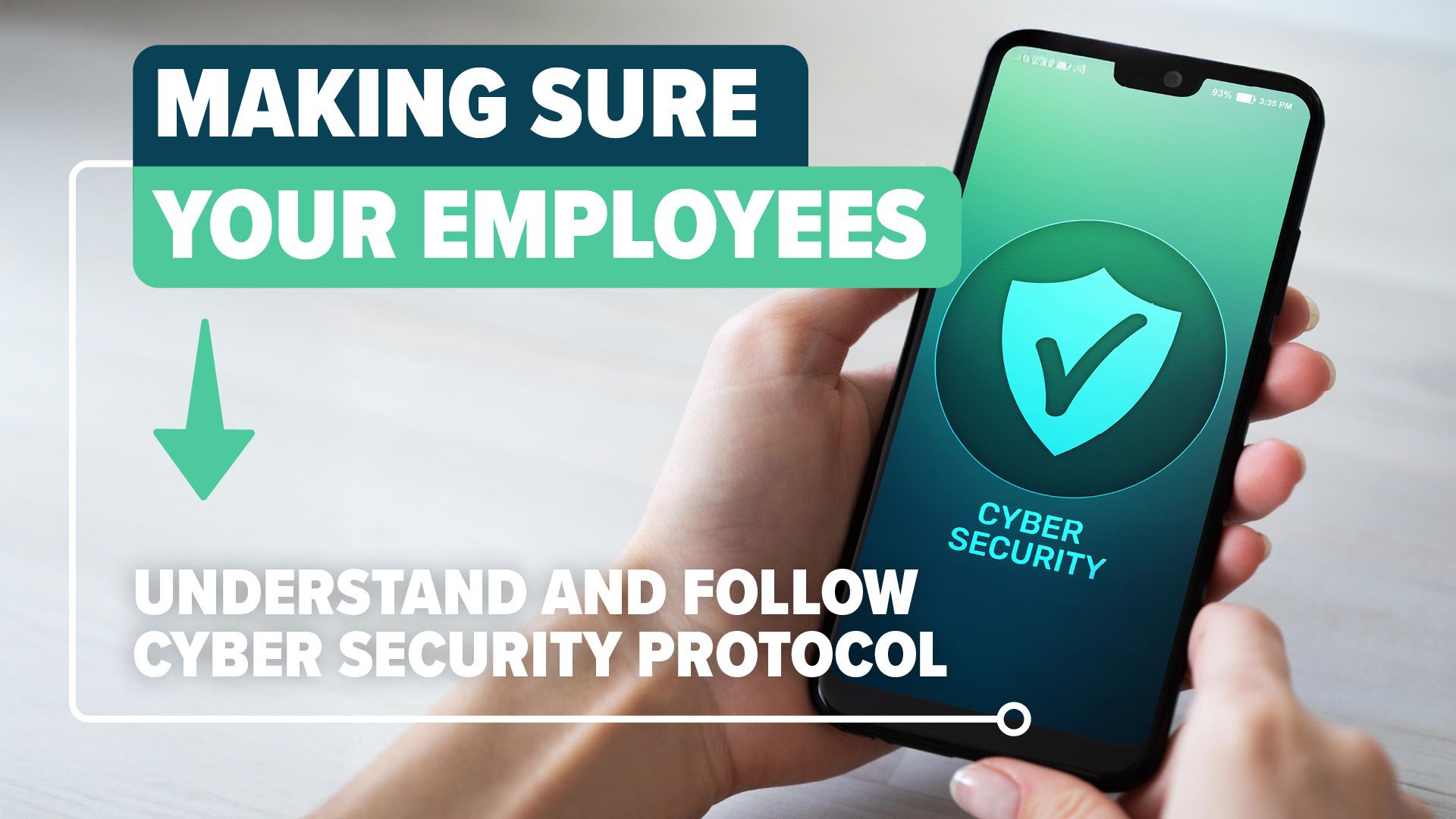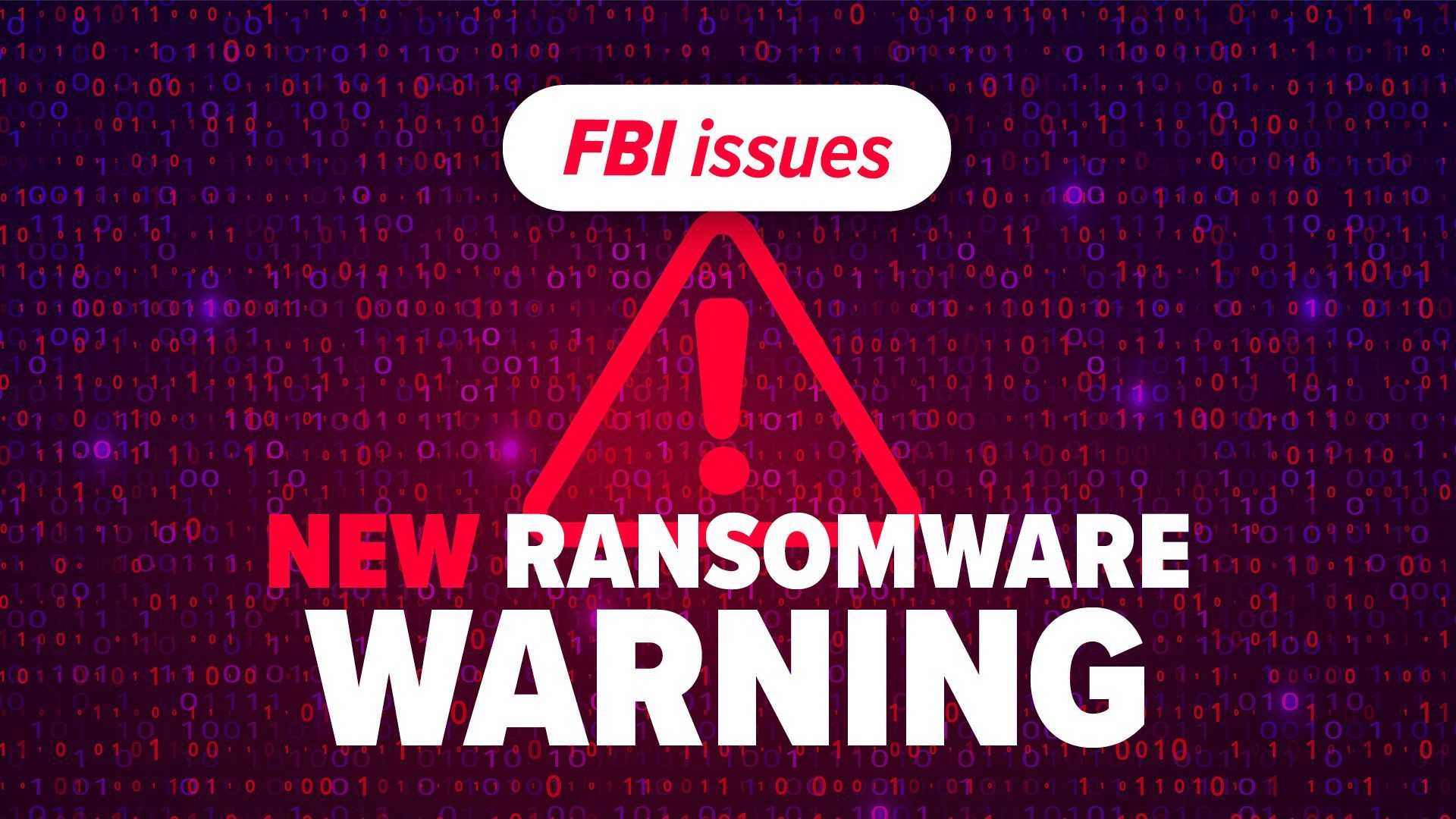Ransomware threats are surging – here’s how to protect your business
Imagine waking up one morning, turning on your computer, and finding that all your important files—customer data, financial records, and more—are completely inaccessible. Then, a menacing message appears, demanding a ransom to unlock your data. This is ransomware, a type of malicious software that seizes your data and holds it hostage. It often begins with an innocent-looking email or link, luring you into a trap.
This deceptive tactic is known as a phishing email, where the sender seems legitimate but is actually a cybercriminal. Once you click on the link or open the attachment, malicious software is silently installed on your system, and the attackers swiftly begin their work.
They encrypt your files, rendering them inaccessible, and then demand a ransom in exchange for a decryption key. Paying the ransom is highly risky because there's no guarantee you'll regain access to your data, and it only encourages further attacks.
The year 2023 saw a significant surge in ransomware attacks, following a two-year decline. Reports indicate a dramatic increase in ransomware incidents, breaking a six-year record.
One major factor behind this spike is the emergence of Ransomware-as-a-Service (RaaS), a model that allows cybercriminals to "rent" ransomware tools, making it easier than ever to launch attacks.
Consequently, more businesses are finding themselves listed on data leak sites, with a 75% increase in victims between 2022 and 2023.
To make matters worse, attackers are becoming more sophisticated. They develop new variants of existing ransomware, share resources, and exploit legitimate tools for malicious purposes. They also act quickly, often deploying ransomware within 48 hours of gaining access to a network, and tend to strike outside of work hours to avoid detection.
A ransomware attack can have devastating consequences for your business. The financial losses can be substantial, not just from the ransom itself but also from downtime and recovery costs. You risk losing critical data if decryption is not possible, and your reputation could suffer if customers learn their information was compromised. Additionally, your business operations could be severely disrupted, impacting your ability to serve clients.
So, how can you protect your business from this growing threat?
- Educate Your Team: Ensure everyone knows how to recognize phishing emails and avoid suspicious links and attachments.
- Regular Backups: Frequently back up your critical data and store those backups securely offline.
- Keep Systems Updated: Maintain up-to-date software and systems with the latest security patches, and invest in robust security tools.
- Limit Data Access: Only grant employees access to the information necessary for their jobs.
- Monitor Network Activity: Keep an eye on your network for unusual activity and have a rapid response plan for incidents.
If your business does fall victim to a ransomware attack, stay calm and seek assistance from cybersecurity experts like us to resolve the issue.
Remember, it’s best not to pay the ransom, as it only fuels further criminal activity.
Our team specializes in helping businesses take proactive measures to safeguard their data. If you need assistance, please get in touch with West Coast IT.
